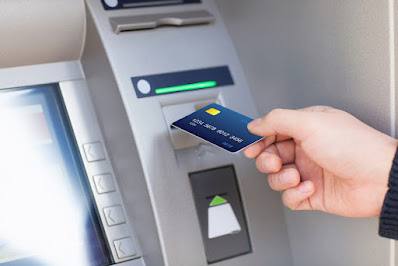ATM
Standing for Automated Teller Machine, ATM has become an increasingly popular banking outlet to withdraw cash, deposit cheques and check the latest transactions and account balance.
In 1960, a man named Luther Geroge Simijan invented Bankography, a machine that allowed customers to deposit cash and check the transaction. Then the first ATM was set up in 1967 by Barclays Bank in Enfield. James Goodfellow introduced the concept of personal identification number, i.e., PIN, in 1970, marking the growth of self-service banking.
What is ATM?
Automated Teller Machine, i.e., ATM definition includes being electronic banking outlet which allows customers to complete basic transactions without the aid of any representative from the bank.
Convenience and accessibility are the key benefits of ATMs. Services like deposits, cash withdrawals, transfers between payments and bill payments can be performed by an ATM.
There are primarily two types of ATMs. The basic ATM allows customers to withdraw cash and receive information about updated account balances. The more advanced ATMs allow further complex services like account deposits, facilitating payments, access to account information and line of credit payments.
✅Types of ATM :-
♦️White Label ATMs (WLAs): ATMs set up, owned and operated by non-banks (i.e NBFCs) are WLAs. Non-bank ATM operators are authorised under the Payment & Settlement Systems Act, 2007 by RBI.
♦️Green Label ATMs – ATMs for agricultural transactions.
♦️Orange label ATMs – ATMs used for share transactions.
♦️Pink Label ATMs – ATMs that are meant only for women (ease their banking).
♦️Yellow Label ATMs – ATMs meant for E-commerce facility.
♦️Brown Label ATMs – ATMs that are outsourced by a bank to a third party (based on the concept of sharing the cost).
♦️Biometric ATM – These are ATMs that use security features like fingerprint scanner and eye scanner of the customer to access the bank details.
♦️Onsite ATMs – ATMs that are located inside the bank’s premises.
♦️Offsite ATMs- ATMs that are located in various places except inside the bank’s premises.



